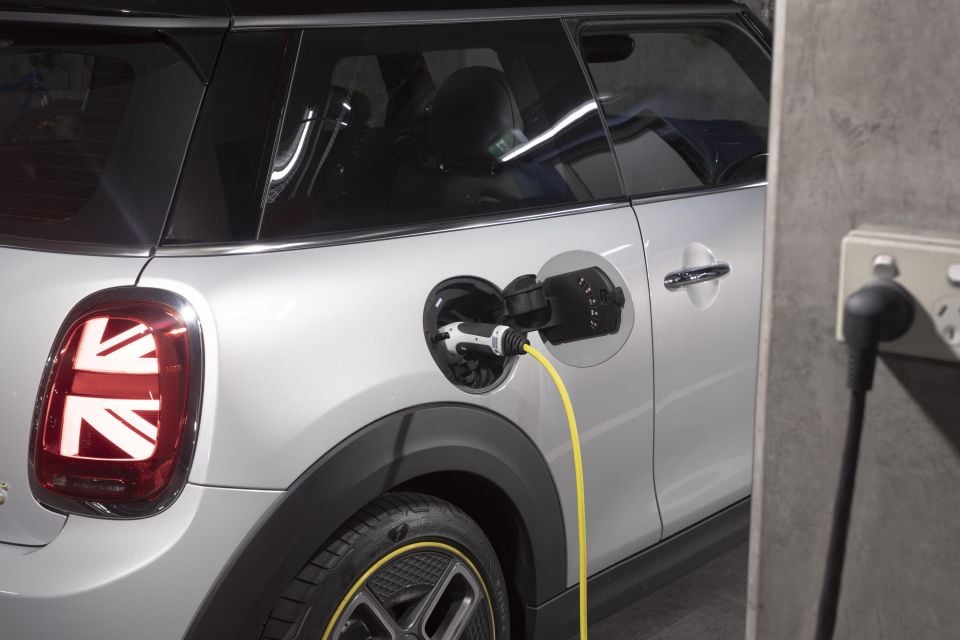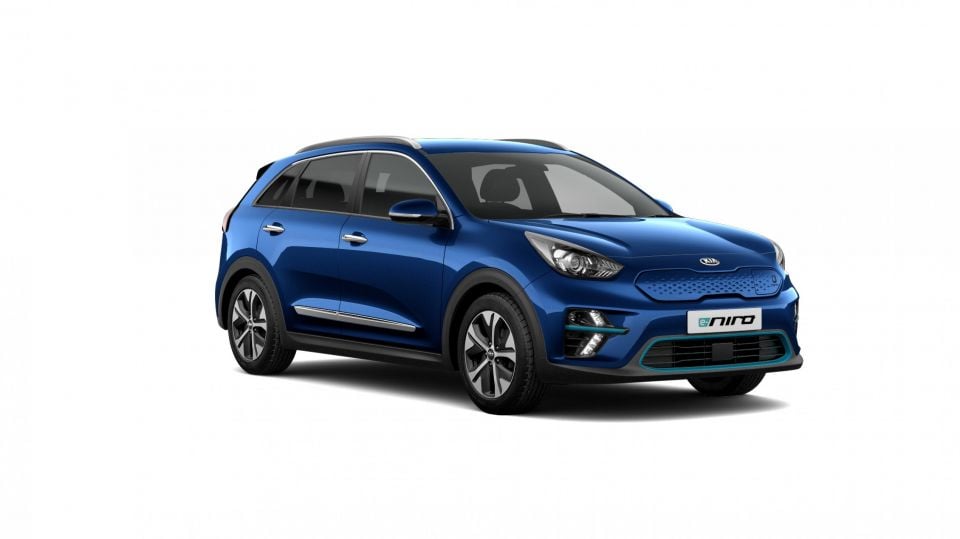

Neil Briscoe
2026 Xpeng G6 AWD Performance review: Quick drive
4 Days Ago
Australia’s car manufacturers have created their own CO2 reduction roadmap in lieu of the government. It's nowhere near as stringent as the targets enforced by the European Union, but they say it's a start. We talk to the FCAI chief executive.

Senior Contributor


Senior Contributor
Australia’s peak body for carmakers, the Federal Chamber of Automotive Industries (FCAI) has today announced an “industry-led” C02 standard, designed to publicise the degree to which each car manufacturer is cutting its average emissions out to 2030.
This is a voluntary code created by the car brands themselves. It’s not legislation that financially punishes manufacturers who fail to meet dynamic emissions targets, like those enforced by the European Union.
The FCAI serves as the peak representative body, or lobby group, advocating on behalf of car brands to the government and the wider public.
“This is a substantial reform that we’re making today. In the passenger category over the 10 years we expect a 36 per cent improvement. Nobody should delude themselves. Almost every car company CEO… agrees with the principle of having a standard,” chief executive Tony Weber this morning told media.

You can read all about the nuts and bolts of the FCAI CO2 Emissions Standard here, but in short it looks a little like this:

Reading between the lines, the gist goes like this: the Federal Government hasn’t set suitable emissions targets, so car brands have created their own self-policed goals. Progress towards the targets will be public.
Such a decision is designed to give local car brands the tools to lobby their global parent companies for better access to low-emission vehicles, since the court of public opinion will start to punish brands that don’t make the move.
Right now, too many car brands in Australia simply cannot secure supply of low CO2 cars from overseas. We need to get up the proverbial pecking order.
Volkswagen Australia and Kia Australia’s bosses have both told CarExpert their early EVs have been delayed for our market because they’re instead being sent to markets where they’re required to hit tight emissions targets.
Furthermore, it seems the CO2 standard could also kick along continuing conversations between the FCAI and government to introduce emissions-cutting legislation with more teeth, since one side has now made a clear move from which to advance negotiations.
It’s also good PR for car brands: they’re ahead of the government position on an issue that is becoming increasingly public.
In order to better understand this news, we sat down with the chief executive of the FCAI, Tony Weber.

TW: [Automotive] R&D centres around the world are really focusing upon two really major issues at the moment. One obviously is autonomy, and the second is low-emission vehicle technologies. And we want in Australia to get the best quality supply of low-emission vehicles.
And typically those technologies go into nations that are made to meet a standard, and hence we are putting in a standard so that we can provide those vehicles to Australian consumers.
TW: Yes. And then once people see these products, once they drive these cars, I’m sure a lot of people will be taken by the technology because it is outstanding technology. And I think there will be enhanced uptake across the car parc.
TW: Different countries have different philosophies. And in Australia, the government recognises that these technologies will come, because we are part of an international environment. This is true.
But what this does is increase the rate at which they are delivered to the market because it puts pressure, a need to supply from the OEMs, into Australia. So this will enhance what is going to happen organically, just going to bring it forward in terms of the timing.
TW: The local brand will go back to headquarters and say that in Australia, one of the really important factors in determining demand for a vehicle is its CO2 [cutting] credentials.
So it just puts – from a relatively high base I believe, many Australians are very conscious of the environment – the CO2 performance of the vehicle [out there]. This highlights it further, and it creates a demand pull for these vehicles from consumers.
And in a competitive market, and Australia is an extraordinarily competitive market, the OEMs go to the head office and say ‘I want to compete in this competitive market, I need a car that has these features and an important feature in the future amongst the myriad of features will be its environmental credentials more broadly’.
TW: There is no [financial penalty] if you do not meet your target for 2030. But for transparency, we will be reporting on progress every year out to 2030 on an annual basis.
And we understand the brands will follow different trajectories, given their product lineup, and their model cycle timings, about when cars change over. How they actually project towards 2030 will track at a different rate. What we will do is put that information out in the public domain for transparency’s sake.
Without doubt consumers will make decisions, as they always have done and always will do, on a myriad of different issues. This will just provide greater clarity in the marketplace for people to make decisions about what vehicles they purchase in the future.
TW: I think we should emphasise that information, and clarity of information, is a really important thing for consumers.
TW: There’s widespread support for the need to do something in this space.
This has been worked out over a number of years, probably four years now, there’s been a lot of work going into this. This is a very complex piece of work, especially when you look at the technical aspects of it.
It hasn’t always been smooth, but I think there’s widespread support for the need to do something of this ilk, to have to have a C02 target.
TW: So throughout this process we’re drawn really heavily from other schemes around the world. Especially the US and the European Union.
The European Union because we align with their standards traditionally and continue to do so. The US because their model line-up and the structure of the market more resembles Australia’s.
There are also other markets, some Asian markets especially Japan and China, that we’ve looked at.
But I’m not aware of any other market where it’s not government mandated.
TW: Without doubt around the world, this has been a topic of discussion in the media. And what was already a major consideration for many consumers will continue to be highlighted. There was already a trajectory where this is growing in importance.
I think the momentum has been heightened through COVID-19.
TW: We have spoken to the government, to the opposition, as we have done for many years, and they are supportive of this approach.
It goes to a broader approach whereby across the political spectrum you see now discussion more broadly, that governments in Australia don’t want to intervene when there is a market-based response. And I say this is a market base response to addressing issues
TW: I think more broadly. Exactly.
You only need to regulate when you are not going to get the outcome you want. So if you do get the outcome you want, there is no need to regulate.
TW: Clearly petrol quality is a substantial issue and one we’ve taken into account. We have parameters out to 2027. Ideally we would have world class fuel, it’s not ideal, but we just have to do our best.
In a perfect world we’d have 95 RON, 10ppm sulphur as the standard base fuel in Australia, and that would allow us to bring more engine technologies to the market immediately.”
MORE: How exactly does the new emissions plan work? Explainer here.


Neil Briscoe
4 Days Ago


Max Davies
3 Days Ago


James Wong
2 Days Ago


William Stopford
2 Days Ago


Josh Nevett
22 Hours Ago


James Wong
19 Hours Ago